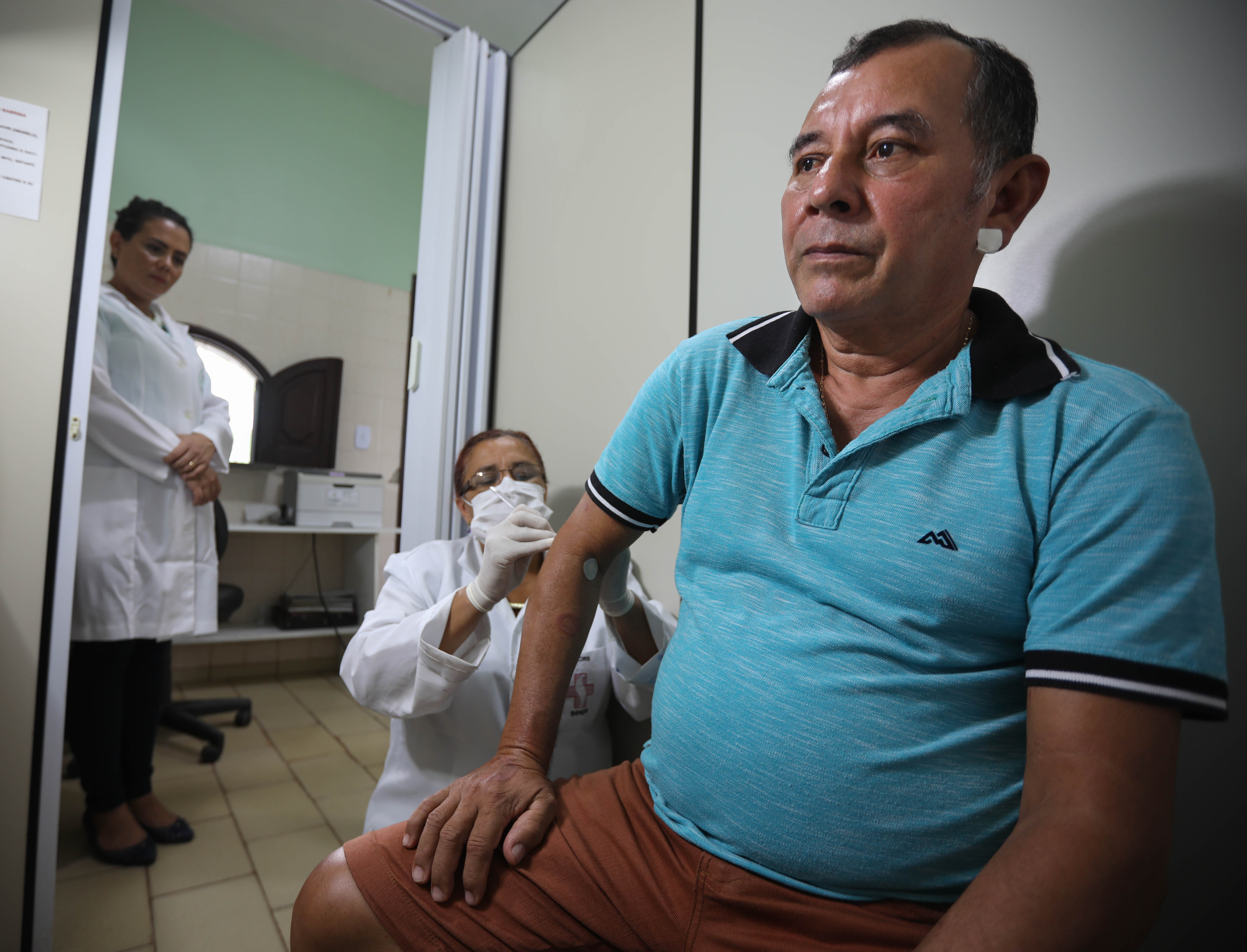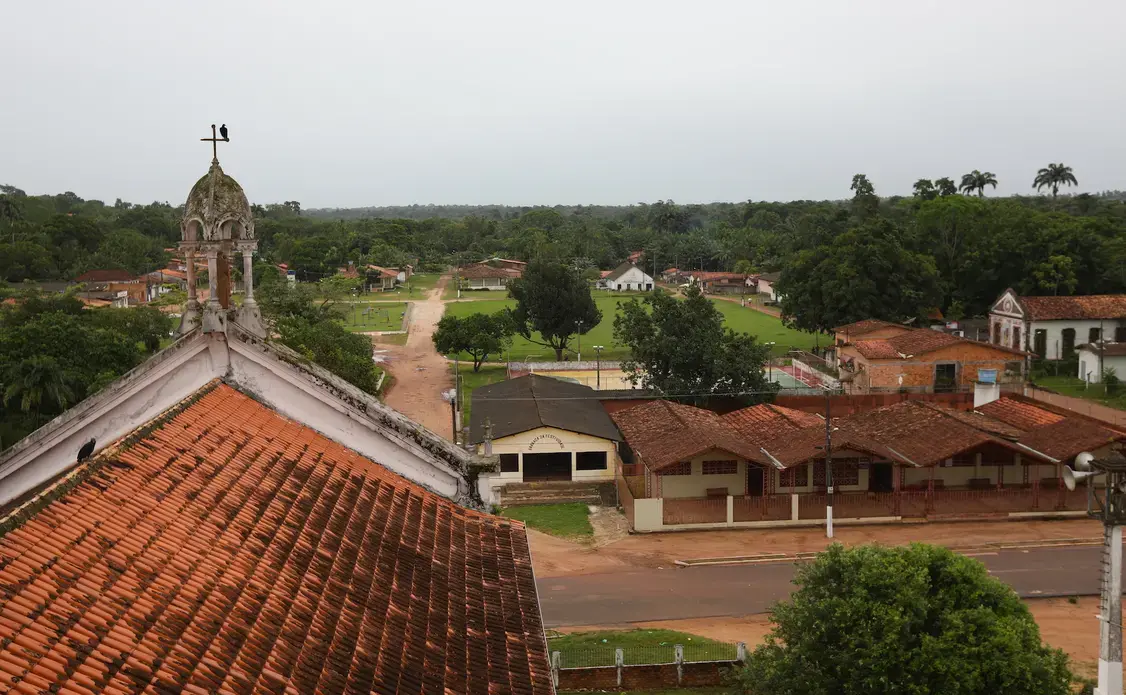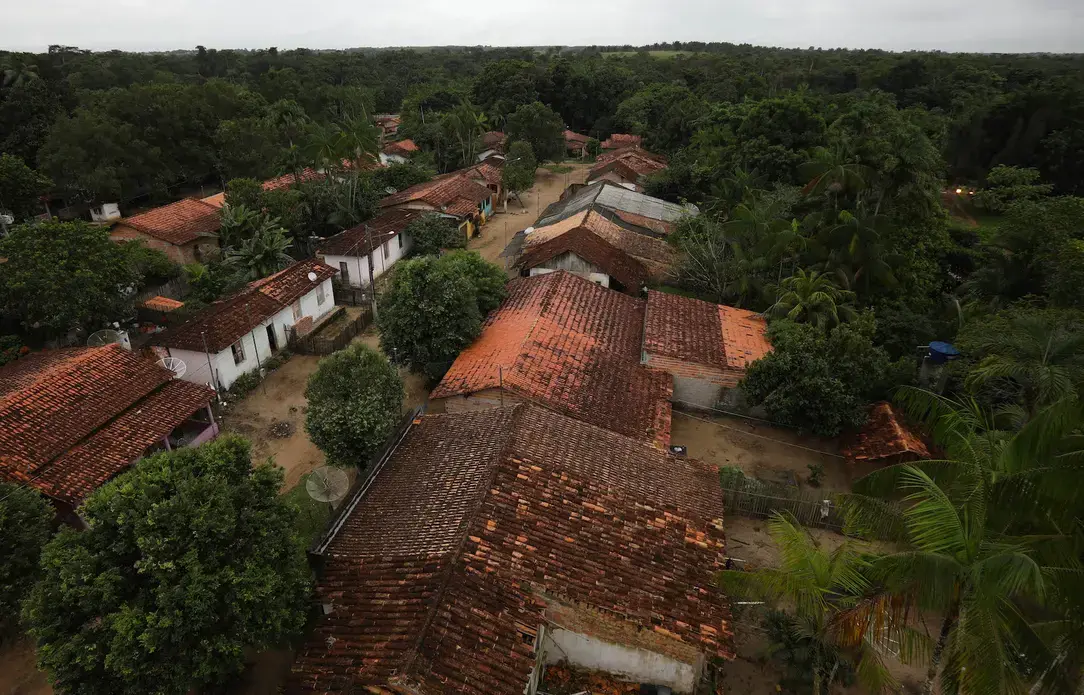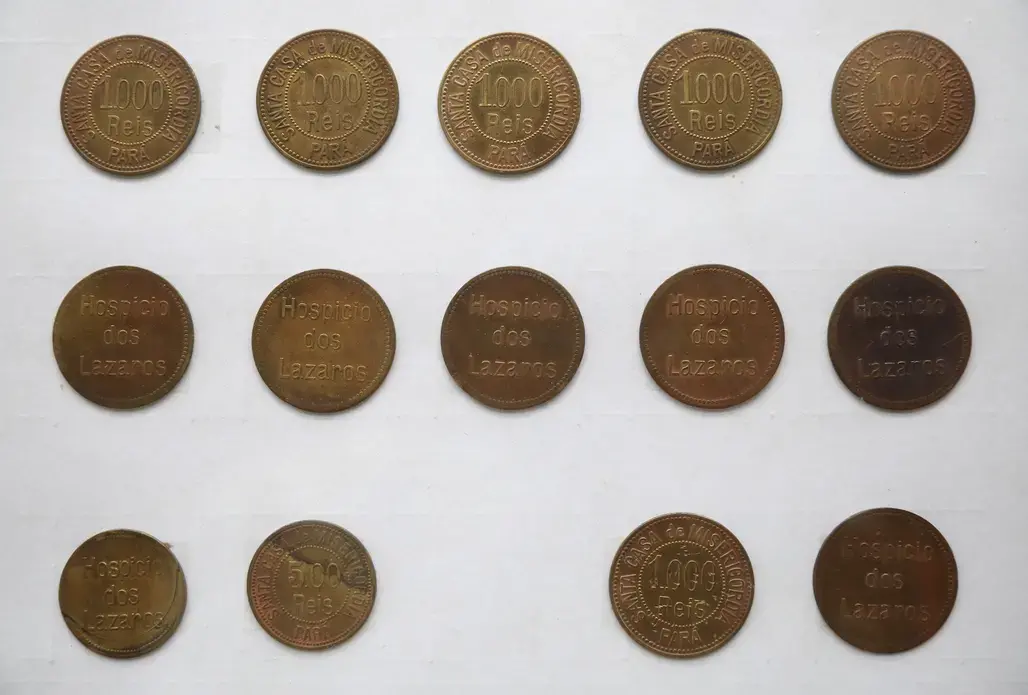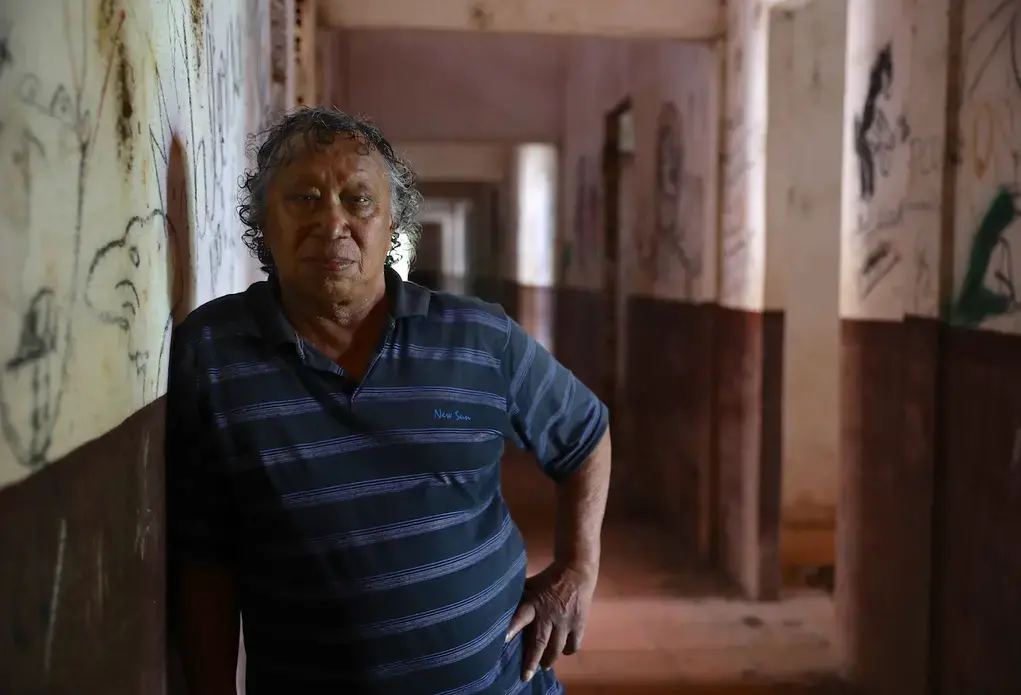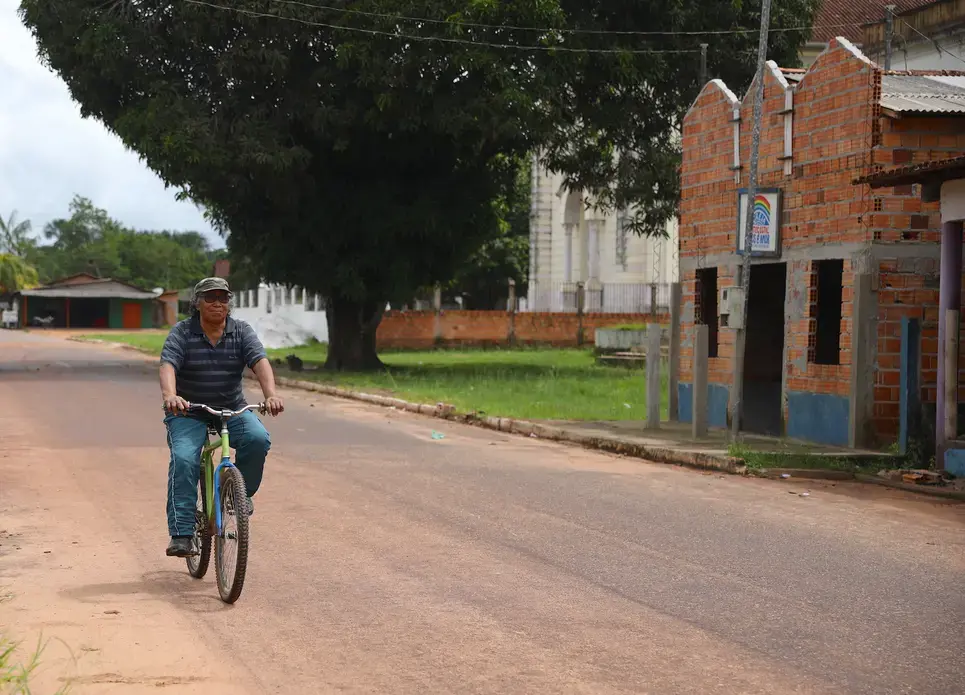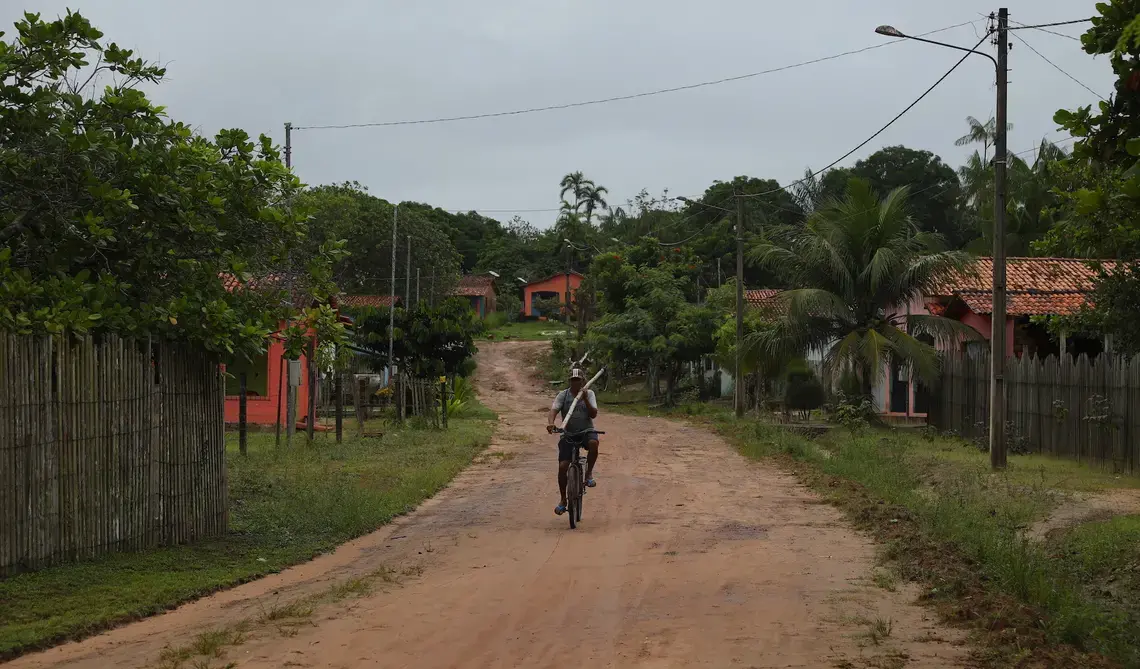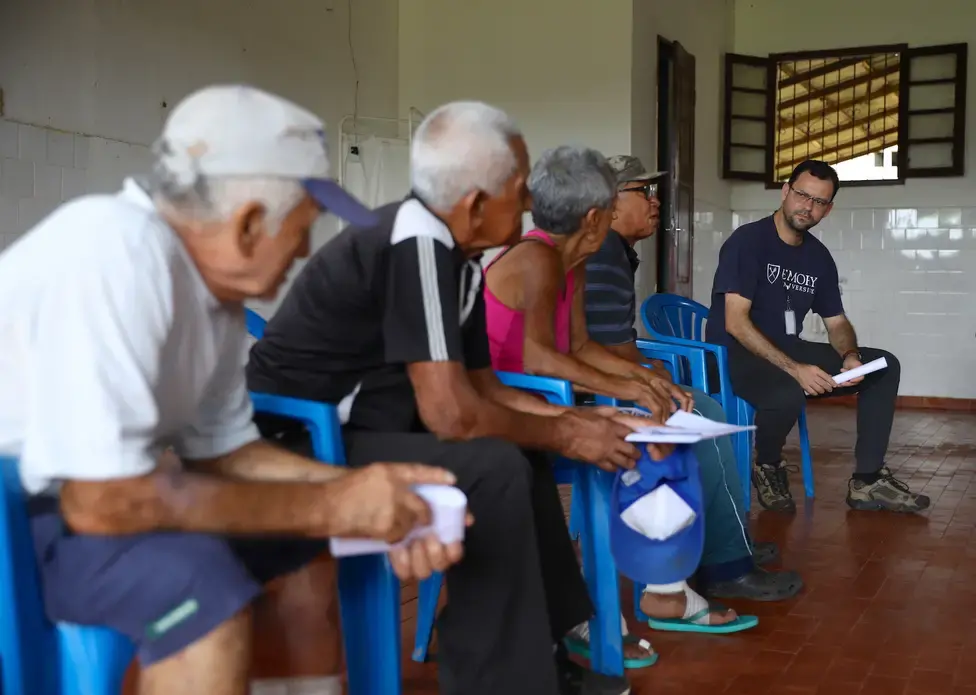PRATA, Brazil — The leprosy colony in Prata was built to be difficult to find and even harder to leave. Decades after the government outlawed the isolation of patients, the former-colony—now known as Vila de Santo Antônio do Prata—remains just as remote and out of reach.
For more than 40 years, people diagnosed with leprosy were federally-forced to relocate to colonies. The government hoped fencing off the disease would be enough to eliminate it. Prata even had its own special currency to make sure nothing, not even a coin, could leave without being noticed.
Despite isolation efforts, leprosy continues to be a threat to public health in Brazil. For the last two years, data from the Ministry of Health has shown the number of new cases increasing, especially in former colonies.
When colonies were criminalized in the 80s, the newfound communities were left geographically and socially segregated—allowing leprosy decades to not only spread but develop into an infection much harder to kill.
Ripe for resistance
Missionaries founded Prata Colony in 1924 with just a church, a hospital and less than 300 patients. By its peak, there were more than 4,000.
Agenor Gomes Cardoso was one of them.
At the age of five, the skin irritation on his left buttock was diagnosed as leprosy. By the time he turned six, he was quarantined in Prata, where he still lives today—64 years later.
“When I came here I stopped dreaming,” Cardoso said. “All the things I thought I could be felt like they were no longer possible.”
By taking in people like Cardoso, Prata became one of the largest colonies in the state of Pará. The state has had the highest number of new cases in the northern region every year since 1990.
The persistence of leprosy is especially prevalent in former colonies like Prata, where most of the population is made of former patients and their families.
A 2010 study examined more than 2,000 Prata residents and diagnosed 13 percent of them with leprosy. This detection rate was more than 40 times the national average that year.
“When you have a bunch of leprosy patients in the same area for a really long time the bacteria spreads and people without the disease are exposed much more,” said Dr. Moises Silva, a microbiologist with the Laboratory of Dermatology-Immunology. “The over exposing day by day, year by year increases the possibility of infection.”
According to Silva, leprosy’s prevalence in former colonies isn’t the most concerning problem—it’s the disease’s development.
“Former colonies are the perfect place for strains to strengthen. Leprosy can get stronger each time it is transmitted,” Silva said. “We have been using the same medication for too long. The drugs may kill the weaker strains but they will only strengthen the resistant ones.”
The modern medicine used to cure mycobacterium leprae has remained relatively unchanged since its inception and wide-spread distribution in the early 1980s.
Depending on the severity of the infection, doctors prescribe different doses and combinations of multidrug therapy treatments. These consist of three main substances: rifampicin, clofazimine, and dapsone.
To keep track of potential resistance, the World Health Organization founded the Global Leprosy Programme, which surveys the world for leprosy strains resistant to the drugs.
After using data from 19 countries, a 2018 study calculated a global resistance rate of 8 percent. The same report listed Brazil as one of only three countries to show resistance to more than one of the three drugs.
A year later, a similar study was conducted in Prata. The results showed that more than 43 percent of the people examined exhibited resistance to one or more of the drugs.
According to Silva, this may eventually lead to the entire community contracting resistant strains of leprosy—a trend he fears is happening in former-colonies all over Brazil.
“There is no reason to believe this is just a Prata problem. We just haven’t spent enough time looking for these resistant strains elsewhere,” Silva said.
As of January 2020, no other colonies have been surveyed for resistance.
In March, the Laboratory of Dermatology-Immunology will conduct its first leprosy survey of the year. Medical professionals will survey residents of Marituba, another municipality in Pará home to a former colony, for both new leprosy cases and resistant strains.
“Surveying is the first step. The more we look, I am sure the more we will find,” Silva said. “When we know how big the problem is, then we can start working to find a more permanent cure.”
Life with leprosy
Diagnosed, cured, relapsed, resistant; Cardoso says it all means the same thing to residents of Prata—life.
“Most of us have accepted that treatment is too late for us. The disability and deformity never goes away,” Cardoso said, waving his right hand. “I’ll never have normal feeling in my fingers again. What’s going to cure that?”
According to Cardoso, leprosy acts as an equalizer in the village. While the stigma remains strong in Prata’s surroundings, it doesn’t exist within the village itself.
“Some of us are cured, some are not. Some are resistant to drugs, some are not. So many of us struggle with leprosy, it’s not looked down upon here,” Cardoso said.


